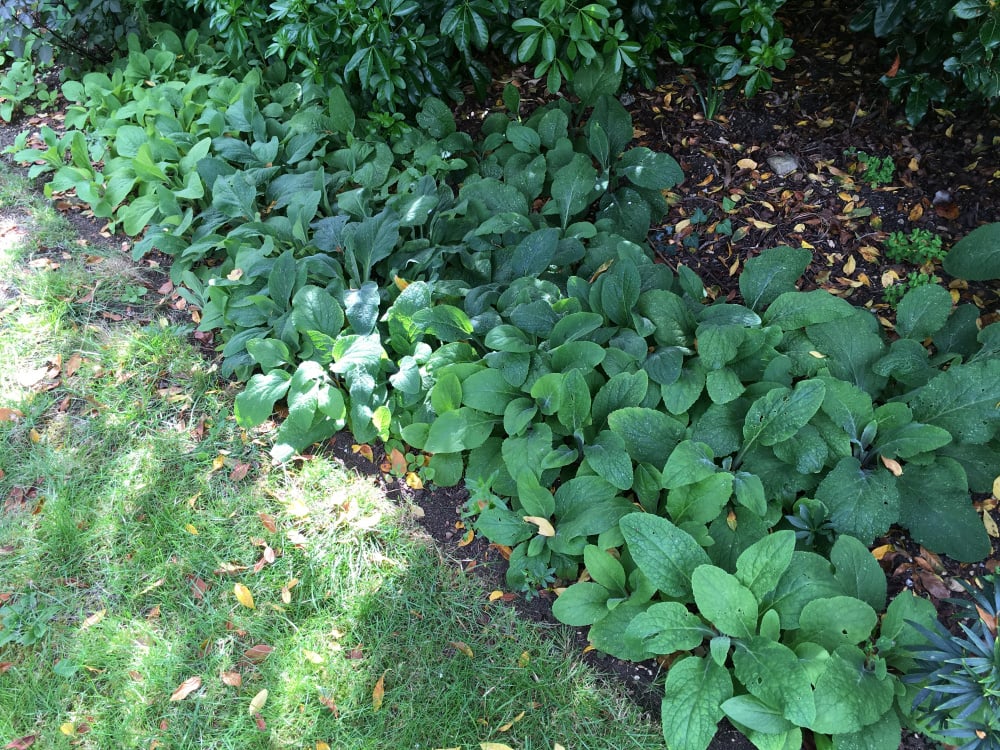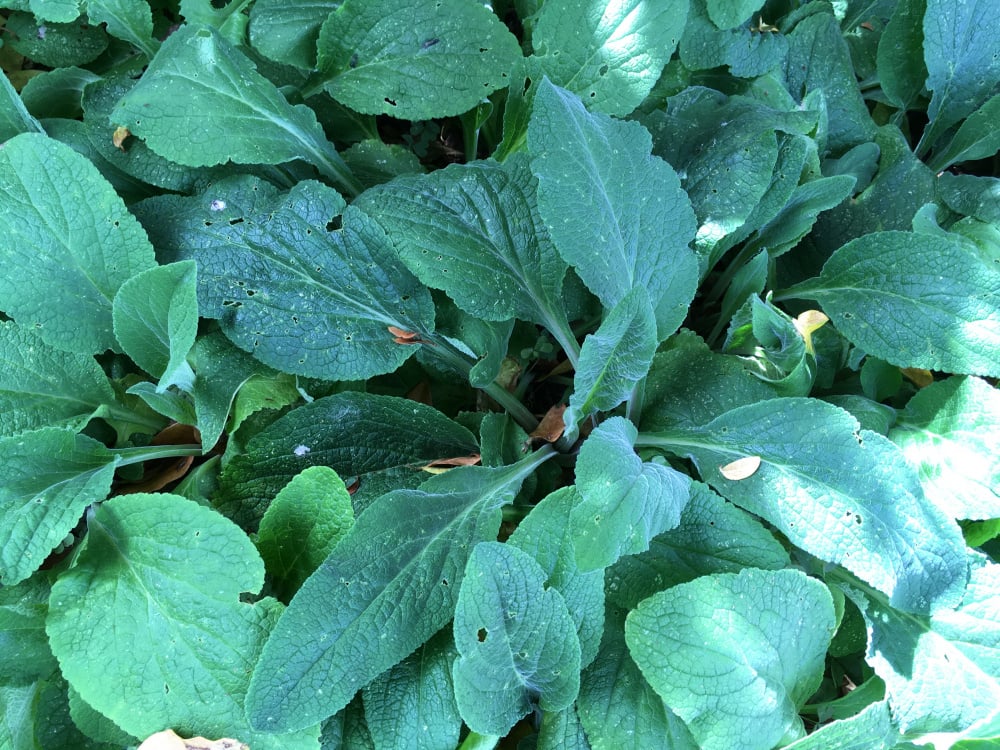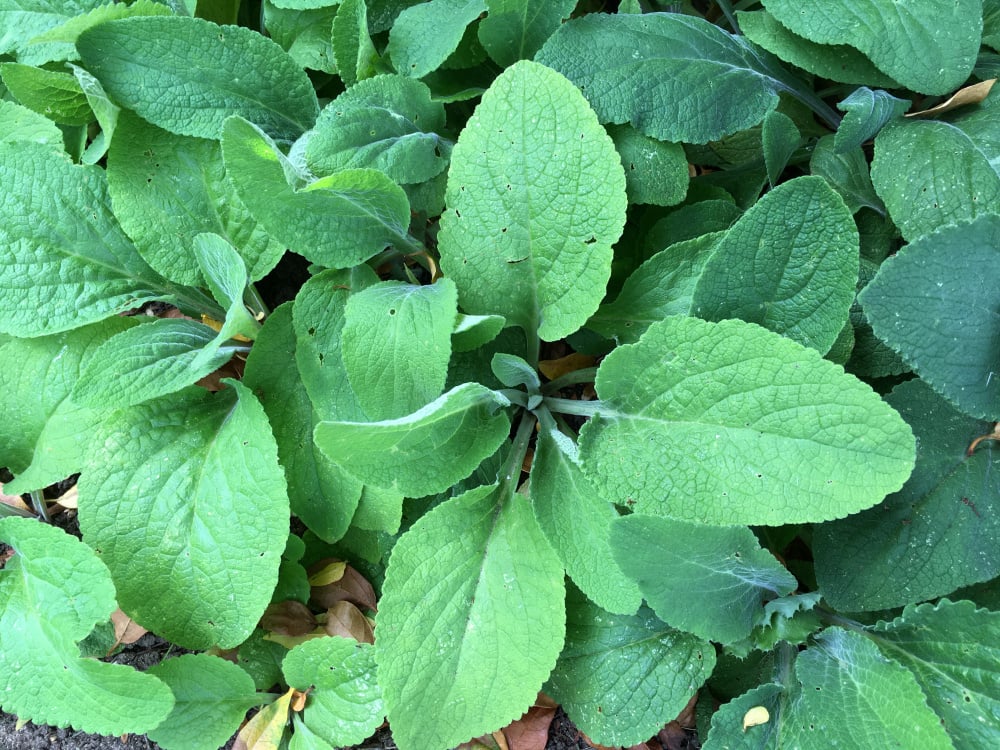This Forum will close on Wednesday 27 March, 2024. Please refer to the announcement on the Discussions page for further detail.
Are these foxgloves or something else? Plant ID
I found loads and loads of this green plant that appeared out of nowhere in my flower bed. On the forum we thought they might be foxgloves, but now they are bigger and easier to ID I wanted to double check.
Just got so many of them!
Do we still think they are foxgloves, or if not, what are they?



0
Posts
When you don't even know who's in the team
S.Yorkshire/Derbyshire border
I’d thin them out so they have plenty of space each .., about 9” apart … if you do it when the soil is damp after rain you can transplant at least 50% of them and you’ll have a wonderful display next May.
I hope you’ll show us some photos then 😊
Gardening in Central Norfolk on improved gritty moraine over chalk ... free-draining.
Gardening in Central Norfolk on improved gritty moraine over chalk ... free-draining.
Gardening in Central Norfolk on improved gritty moraine over chalk ... free-draining.